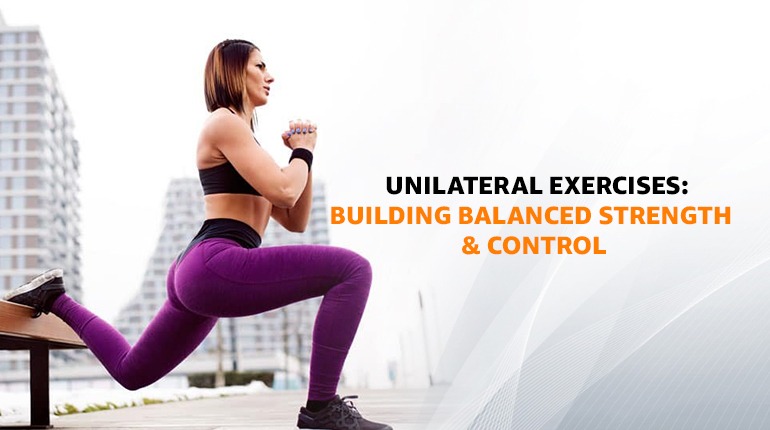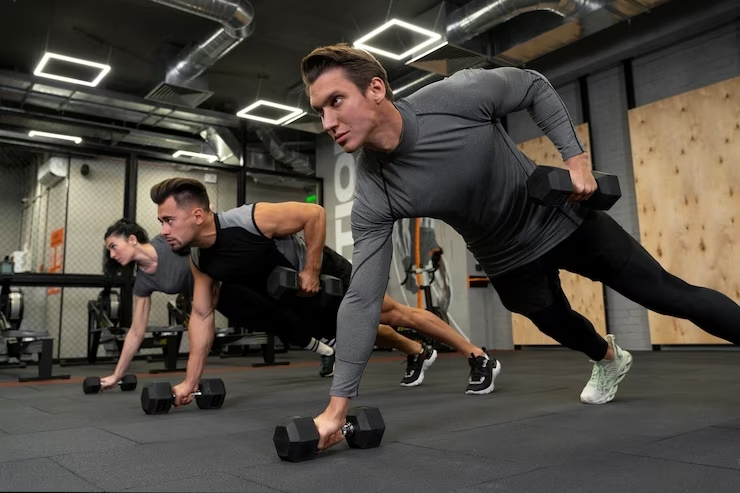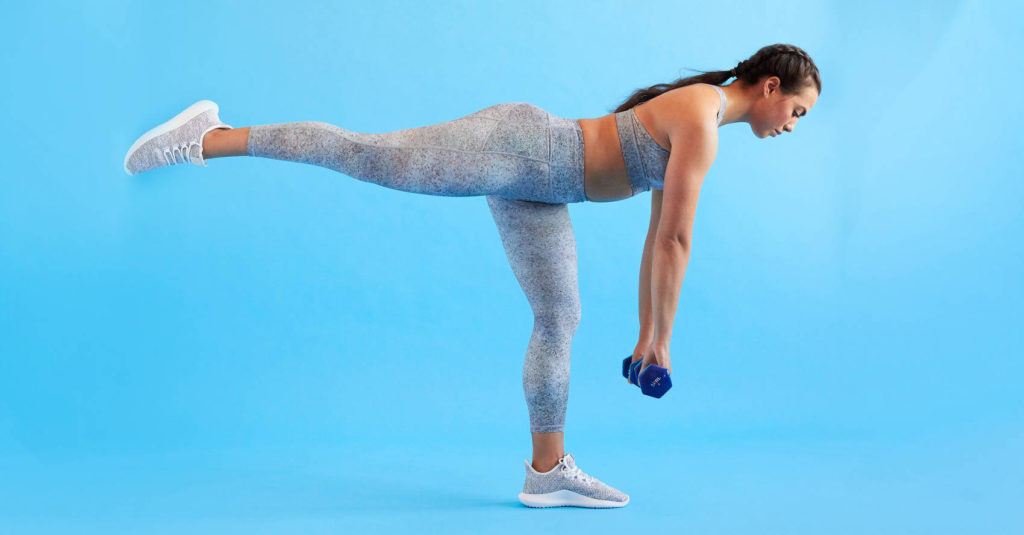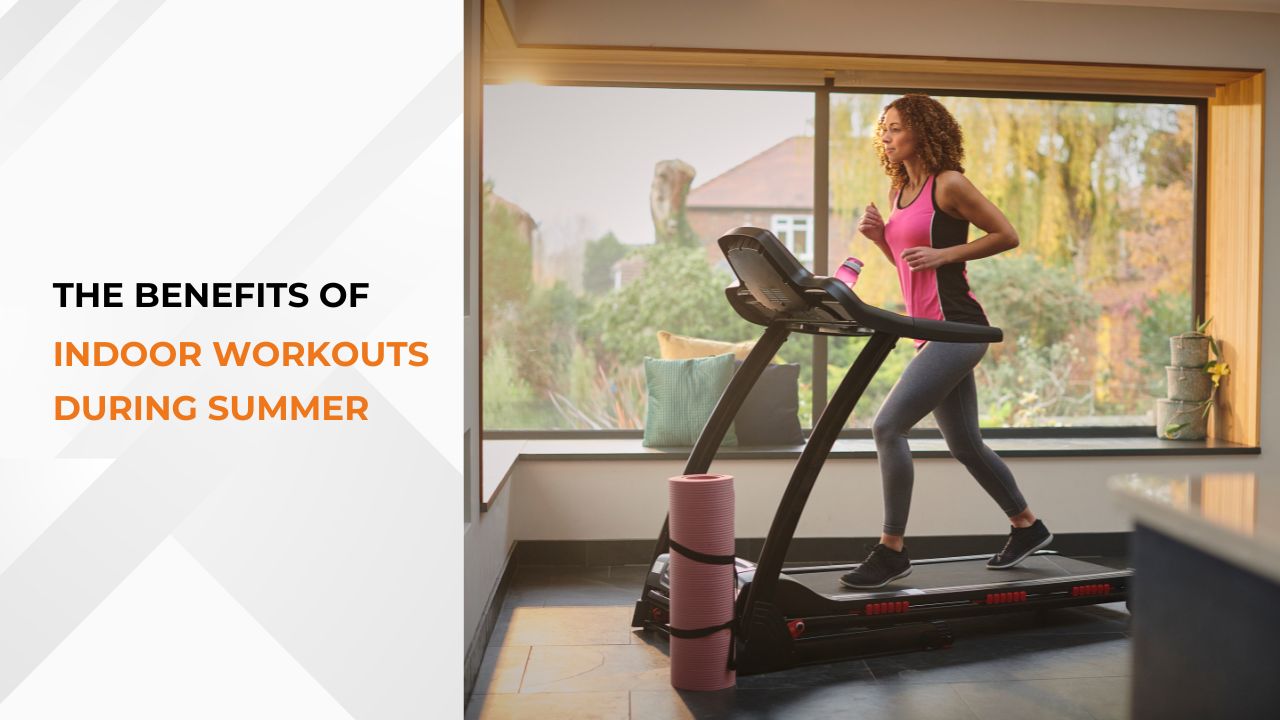Unilateral Exercises: Secrets to Building Balanced Strength and Control

Unilateral exercises have been gaining traction in the fitness world, and for good reason. They are workouts that target one side of your body at a time, such as a single arm or leg. Unilateral exercises are great for building muscle balance, enhancing stability, and addressing strength imbalances between your left and right sides. These exercises contribute to a well-rounded fitness routine.
They offer a unique approach to building muscle, enhancing control, and improving overall fitness. In this comprehensive guide, we’ll break down everything you need to know about unilateral exercises, from the science behind them to practical tips and advanced variations. So, let’s get started!

Balancing Act: Why Unilateral Exercises Matter
Now, you might wonder, “Why should I bother with unilateral exercises? When I can lift more weight with bilateral moves”. Excellent question! Unilateral exercises offer several compelling benefits:
1. Muscle Symmetry
Most of us have a dominant side, the one we use for daily tasks like writing, carrying groceries, or even high-fiving. Bilateral exercises tend to let this dominant side take over, leading to muscle imbalances. Unilateral exercises address this issue by giving the weaker side a chance to catch up, resulting in a more symmetrical physique.
2. Core and Stability
Unilateral exercises are fantastic for enhancing core strength and stability. When you’re balancing on one leg or using one arm, your core muscles are engaged to maintain stability. This is like a hidden core workout, helping you develop a strong, stable midsection.
3. Functional Strength
In real-life situations, we often need to perform tasks that require one-sided strength. Whether you’re lifting a suitcase, pushing a lawnmower, or even playing sports, unilateral strength becomes invaluable to enhance your functional strength.
4. Muscle Engagement
Unilateral exercises force your muscles to work independently, enhancing muscle engagement. This increased activation can lead to greater muscle development and control.
Unilateral Exercises: The Basics
Now that we’ve covered the why, let’s move on to the how? Here are some fundamental unilateral exercises to get you started:
1. Single-Leg Squats (Pistol Squat):
This is a great lower-body exercise that targets your quads, hamstrings, and glutes.
Here’s what to do:
1. Stand on one leg with the other leg extended in front of you.
2. Lower your body by bending the knee of the standing leg while keeping the extended leg off the ground.
3. Keep your chest up and back straight as you descend.
4. Go as low as your mobility allows, ideally until your thigh is parallel to the ground.
Push through the heel of the standing leg to return to the starting position.
2. One-Arm Push-Ups:
This exercise challenges your chest, shoulders, and triceps while also engaging your core for stability.
Here’s how to do it:
1. Assume a push-up position with your feet shoulder-width apart.
2. Place one hand behind your back or on your hip.
3. Lower your chest towards the ground, keeping your body in a straight line.
4. Push back up to the starting position using the arm that remains on the ground.
3. One-Arm Dumbbell Rows:
This unilateral exercise can be useful in targeting your lats and upper back.
This is how you do it:
1. Stand next to a bench with your left knee and left hand resting on it.
2. Hold a dumbbell in your right hand, letting it hang down.
3. Pull the dumbbell up towards your hip by bending your elbow.
4. Lower it back down with control.
5. Repeat the movement for the desired number of repetitions.
4. Single-Leg Deadlifts

This exercise is excellent for working your hamstrings, glutes, and lower back.
Start with:
1. Hold a dumbbell or kettlebell in one hand.
2. Stand on one leg with a slight bend in the knee.
3. Hinge at the hips, extending the free leg behind you for balance.
4. Lower the weight towards the ground while keeping your back straight.
5. Return to the starting position by engaging your glutes and hamstrings.
5. Bulgarian Split Squat:
Another effective unilateral exercise is the Bulgarian Split Squat. This exercise is excellent for working the quadriceps, hamstrings, and glutes, while also enhancing balance and stability.
Here’s how to begin:
1 .Stand facing away from a bench or elevated surface.
2. Place one foot behind you on the bench or surface.
3. Lower your body into a squat position with the front leg, keeping your back straight.
4. Push through the heel of the front leg to return to the starting position.
5. Repeat on both sides to target each leg individually.
Tips for Effective Unilateral Exercises
To make the most of your unilateral exercises, consider these tips:
1. Begin with a weight that allows you to perform exercises with proper form. As you progress, you can gradually increase the resistance.
2. Focus on balance and control throughout each repetition. Use mirrors or video recordings to check your form and make necessary adjustments.
3. Concentrate on the muscle you’re working during each exercise. This mental connection can enhance muscle engagement and promote better results.
4. Pay equal attention to both sides of your body. If one side is weaker, it may require extra sets or reps to catch up.
Conclusion: Take Action
To sum it up, unilateral exercises are a key component of balanced fitness routines. They target one side of the body at a time, fostering muscle symmetry, core strength, and stability. Whether you’re a beginner or an athlete, these exercises enhance overall strength and prepare you for real-life activities. So, consider adding them to your workouts and experience the benefits of a more balanced, functional body.
Also Read: How to Maintain your Treadmill so it lasts longer?

